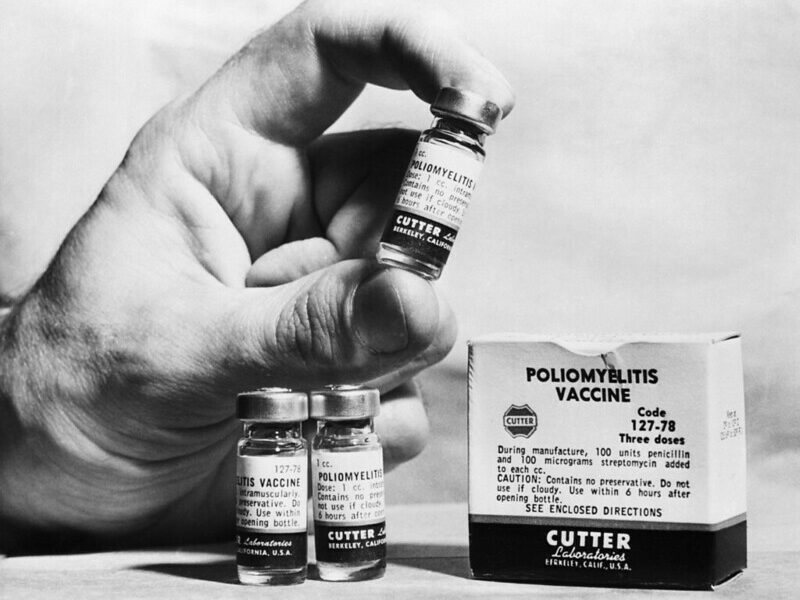On August 9, 2015, New York City had recorded ten fatalities related to Legionnaires’ disease [5]. There have been 108 cases recorded thus far, with 94 hospitalized [5,8]. Upon investigation, the outbreak seems to be centralized in the Bronx borough of the city [1]. Inspections of approximately twenty-four buildings in the South Bronx neighborhood have been conducted. Five buildings’ cooling towers, including those of the Lincoln Medical Center, Opera House Hotel, and Concourse Plaza Shopping Mall and Cineplex, all tested positive for the legionella bacterium [1].
About Legionnaires’ Disease
Legionnaires ’ disease is caused by the Legionella bacterium, which grows naturally in the environment [2]. Because the bacteria grows best in warm water, legionella can often be found in hot tubs, cooling towers, large plumbing systems, hot water tanks, and decorative fountains [2].
Transmission happens when people inhale mist or vapor that contains the bacteria [2]. The bacteria is not transmitted from person-to-person [2]. Most individuals exposed to legionella do not become ill [2].
Signs and symptoms of Legionnaires’ disease begin two to fourteen days after exposure and include cough, high fever, shortness of breath, headaches, and muscle aches [3]. Symptoms closely resemble those of pneumonia, making diagnosis of the disease difficult [3]. Interestingly, legionella bacteria can also cause a milder version of Legionnaires’ disease called Pontiac Fever [3]. While symptoms of Pontiac Fever are similar to Legionnaires’ disease, Pontiac Fever does not result in pneumonia and duration of symptoms is shorter, only lasting two to five days [3].
Successful treatment of Legionnaires’ disease is possible using antibiotics [4].
Prevention of Legionnaires’ Disease
Prevention of Legionnaires’ disease includes regular maintenance and cleaning of water systems in which legionella bacteria could grow [6]. Water systems that may be more susceptible to legionella bacterial growth include hot tubs, decorative fountains, and cooling towers [6]. There are currently no vaccines to prevent Legionnaires’ disease and those that may be more susceptible of legionella infection should steer clear of potential high-risk exposures, such as use of hot tubs [6]. Those at higher-risk of infection include: people 50 years or older, smokers, individuals with chronic lung disease, as well as those that are immune-compromised [7].
What’s Being Done in NYC
On Monday, August 3, 2015 – city officials, alongside health experts, hosted a town hall meeting to update Bronx residents on the risks of Legionnaires’ disease, as well as inform the community of what is currently being done to halt the outbreak [5]. While Dr. Jay Varma, deputy commissioner of disease control for the NYC Department of Health, believes that more cases will emerge, the cleaning process has already begun, with the hope that the outbreak will end soon.
—
Sources
[1] http://outbreaknewstoday.com/4th-legionnaires-disease-death-recorded-in-nyc-outbreak-53539/
[2] http://www.cdc.gov/legionella/about/causes-transmission.html
[3] http://www.cdc.gov/legionella/about/signs-symptoms.html
[4] http://www.cdc.gov/legionella/about/treatment-complications.html
[5] http://www.cbsnews.com/news/death-toll-legionnaires-disease-outbreak-new-york/
[6] http://www.cdc.gov/legionella/about/prevention.html
[7] http://www.cdc.gov/legionella/about/people-risk.html
[8] http://news.yahoo.com/record-108-contract-legionnaires-disease-york-213304754.html
